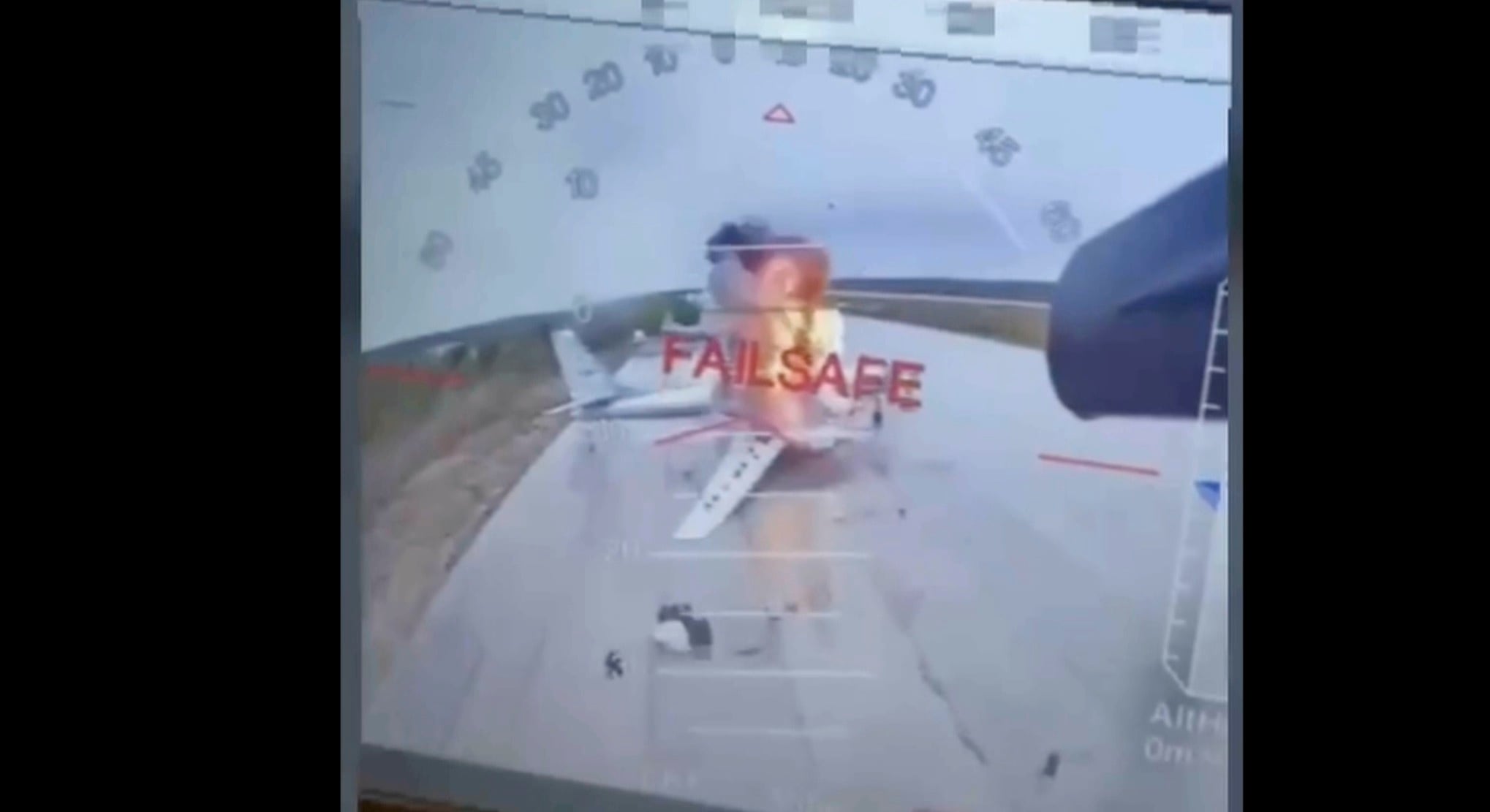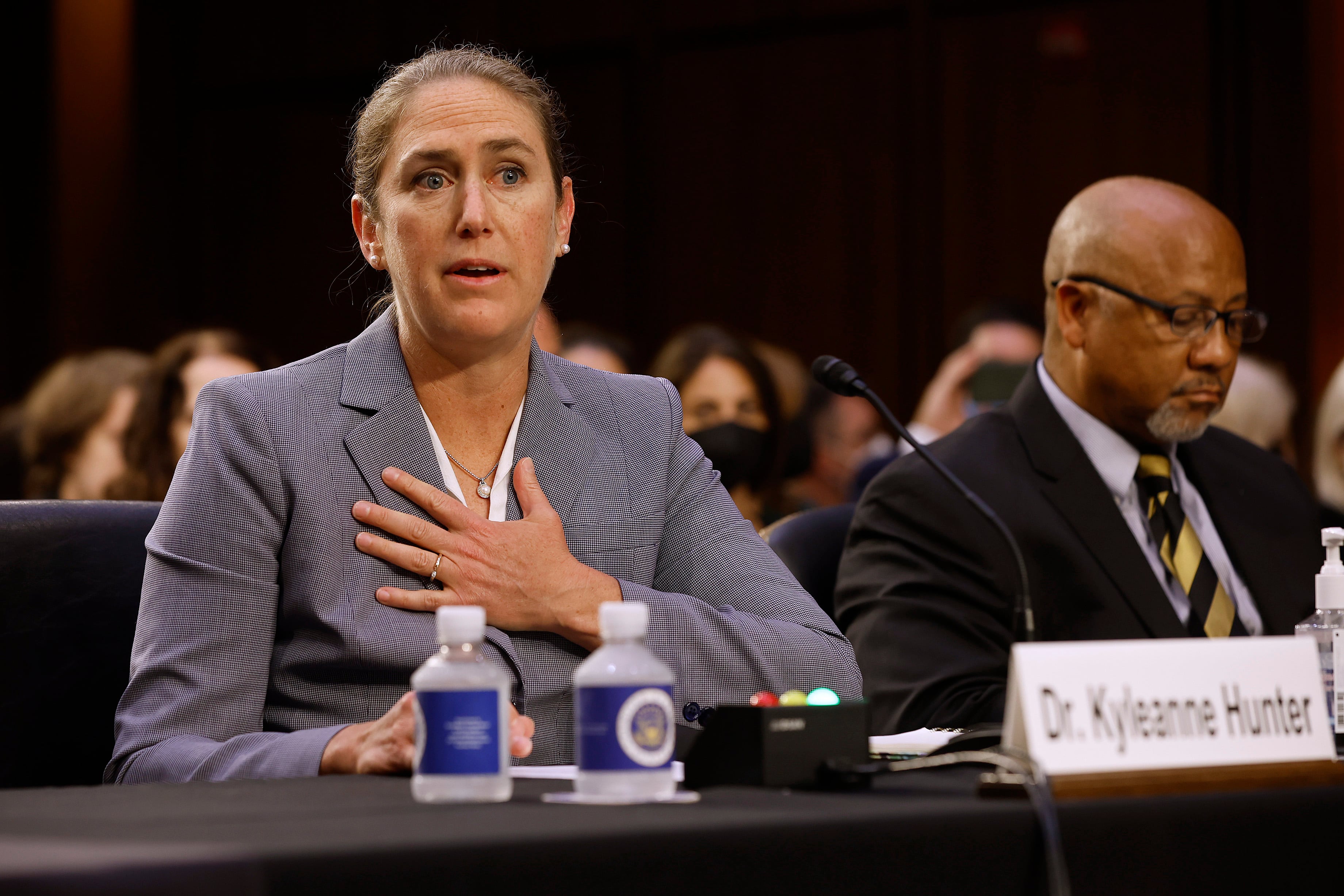WASHINGTON — U.S. Special Operations Command’s new Armed Overwatch aircraft will be able to carry multiple weapons configurations and modular sensors that can be quickly swapped out as well as be disassembled for deployment within hours.
The AT-802U Sky Warden, made by L3Harris Technologies and aircraft manufacturer Air Tractor, is SOCOM’s pick for a rugged plane that can carry out intelligence, surveillance and reconnaissance, close air support, and strike missions against terrorist groups in austere locations such as parts of Africa.
In an interview with Defense News on Tuesday, Luke Savoie, president of L3Harris Technologies’ ISR sector, said the company’s use of model-based engineering and modular open systems allowed it to design a low-cost aircraft tailored to deliver what special operators need in the field.
SOCOM wants Armed Overwatch planes so it can continue to pressure extremist groups, such as Somalia’s al-Shabab, in areas with largely uncontested airspace, while the Air Force shifts its primary focus and more elaborate fighters and bombers toward potential high-end threats in Europe and Asia.
Armed Overwatch planes could also take over at least some of the missions carried out by the U-28 Draco ISR aircraft, which is aging and expensive to maintain.
L3Harris’ indefinite delivery, indefinite quantity contract to deliver as many as 75 Sky Wardens will be worth up to $3 billion, with an initial contract award for $170 million.
The trust factor
L3Harris began work on what would eventually become the Sky Warden in March 2020, shortly after SOCOM released its Armed Overwatch solicitation. Savoie said the company started with “no preconceived notions.”
Rather than beginning with a list of must-haves for the airplane, as traditional requirements-based engineering might dictate, Savoie said L3Harris’s designers used model-based systems engineering to consider why a Sky Warden pilot might need certain capabilities and the best way to fill those needs.
L3Harris also sought to ensure the capabilities are tightly integrated to reduce the crew’s workload and take advantage of automation whenever possible, he said.
“In special ops, it comes down to that” trust, Savoie said. “The guy on the ground isn’t looking for dots on [a] map, on a tablet or something on his wrist. He’s looking for the confidence that someone talking in his ear knows what they’re talking about, and not having to second guess that.”
That led L3Harris to refine the kind of sensors and software this plane would need and how it would integrate the systems, he said. The company talked to those who have carried out this mission before to make the Sky Warden as user-friendly as possible.
“End users … constantly remind us, ‘I like to look through my gun sight, I don’t like to look at my arm, at a tablet,’” said Savoie, a former U-28 and AC-130 pilot.
Users also emphasized the importance of instant communication, with no latency, for an airplane carrying out an Armed Overwatch mission, Savoie said, as well as the need to streamline the information presented to the pilot.
To build the air frame that would become Sky Warden, L3Harris teamed up with Air Tractor, which typically builds agricultural and firefighting aircraft.
The company had worked with Air Tractor on previous programs, such as surveillance aircraft for Jordan in the mid-2010s and other projects involving sensor, weapons and software integration. But, Savoie said, with its added strike capabilities, Sky Warden was much more complicated than the Jordanian surveillance planes.
L3Harris created three prototype Sky Wardens. One was fully missionized, with all the modifications to do everything an operational Armed Overwatch plane would have to do. The company sent that prototype to Eglin Air Force Base in Florida last summer for SOCOM’s evaluation. Four other companies also demonstrated their prototypes to SOCOM in 2021 and early 2022.
A second prototype was built for L3Harris’s own flight tests and to qualify the plane’s autopilot. L3Harris also built a third Sky Warden prototype to test and certify the aircraft’s strengthened, high-load wing to ensure it could carry up to 6,000 pounds of external ordnance.
Savoie said Sky Warden can be easily prepared for deployment on a C-17 or C-5 mobility aircraft. The plane can be disassembled in about 7 hours, loaded on a cargo plane, and then reassembled in about the same amount of time once it’s reached its destination, he said. L3Harris brought a Sky Warden to May’s Special Operations Forces Industry Conference in Tampa, Florida, where it demonstrated how quickly the breakdown and reassembly process could take place.
“It’s a pretty compact form,” Savoie said.
The per-unit cost of a Sky Warden will vary depending on its configuration and capabilities, Savoie said, but declined to identify a figure.
L3Harris’ contract also includes providing training systems, mission planning systems, support equipment, spares and logistical support.
Air Tractor aircraft have carried weapons before, such as 50-caliber guns and 7.62 miniguns, Savoie said. The Sky Warden could be armed with six weapons stations, with the laser-guided 2.75-inch Advanced Precision Kill Weapon System, or APKWS, rocket being its primary weapon.
Sky Warden could also carry GBU-12 Paveway laser-guided bombs, Savoie said, and L3Harris is close to having it capable of carrying the AGM-114 Hellfire missile. And Sky Warden has the infrastructure to handle as many as eight common launch tube-based weapons such as the AGM-176A Griffin, he said.
Construction of the Sky Wardens will begin at Air Tractor’s Olney, Texas facility. Once those airframes are built, they will be shipped to L3Harris’s modification center in Tulsa, Oklahoma, where work to modify them for the Armed Overwatch mission will take place.
Savoie said L3Harris will manufacture parts for the modifications at its Greenville, Texas facility. L3Harris will also do software work for the plane at its Nashville, Tennessee facility, and sustainment activities will be done at Rockwall, Texas. Engineering work will be done at L3 locations in Waco, Greenville and Plano, Texas. Various other L3Harris sites will provide sensor, radio and weapons release capabilities, Savoie said.
Stephen Losey is the air warfare reporter for Defense News. He previously covered leadership and personnel issues at Air Force Times, and the Pentagon, special operations and air warfare at Military.com. He has traveled to the Middle East to cover U.S. Air Force operations.





